The Free Dividend Fallacy Could Be Costing You
By thinking of dividends as free money, many market participants are making portfolio decisions they wouldn’t otherwise make.
The Free Dividend Fallacy Could Be Costing YouIn a yield-starved economy, many stock investors look to cash dividends as a source of income. Yet retail and professional investors alike misunderstand the value and role of dividends, leading to suboptimal portfolios and market distortions, research suggests.

By thinking of dividends as free money, many market participants are making portfolio decisions they wouldn’t otherwise make.
The Free Dividend Fallacy Could Be Costing YouInvestors should be indifferent to sources of return, after accounting for frictions such as taxes and trading costs. A $1 dividend from a share of stock should be no more meaningful than selling $1 worth of shares, as the share price on average drops by the amount of the dividend when it is paid. But Chicago Booth’s Samuel Hartzmark and University of Southern California’s David H. Solomon demonstrate that, in practice, many investors see a stock’s dividend as an income stream, separate from the price appreciation of the stock. The researchers call this the “free-dividends fallacy.”

A $1 dividend from a share of stock should be no more meaningful than selling $1 worth of shares, as the share price on average drops by the amount of the dividend when it is paid.
Investors caught up in the free-dividends fallacy mistakenly view dividend-paying stocks as bond coupons that produces small, stable gains over time. When investors trade based on a stock’s performance, they focus on whether the stock has gained or lost money relative to the purchase price. Ignoring the impact of dividends, they focus on price changes, not total return. However, investors who want to receive a dividend stream need to hold on to the stock until it pays out its regular dividend, and Hartzmark and Solomon find that investors tend to hang on to dividend-paying stocks for longer periods of time, regardless of performance.
Because investors with this mind-set keep dividends in a separate “mental account,” they rarely reinvest dividends in the companies that paid them. Instead, investors, including large mutual funds and institutions, tend to use the payouts to purchase other stocks. The researchers document that market-wide dividend payments manifest themselves in the market by driving up the prices of nondividend-paying stocks; on average, on days with high dividend payments, the market has higher returns.
The problem with mentally separating dividends from price appreciation is that investors often choose stocks for their dividends, the researchers write. This is particularly the case when other sources of income such as interest-bearing accounts or bonds are paying low rates. Since investors flock to dividend stocks at the same time, prices rise and expected returns fall—and the free-dividends fallacy becomes a costly mistake. The researchers estimate that during times of high demand, dividend-stock returns are 2–4 percent less per year than could otherwise be expected.
The dividend disconnect applies to not only retail investors but also to a number of institutions and mutual funds, Hartzmark and Solomon find. They conclude that investors need a better understanding of the relationship between dividends and stock values. How best to teach them that, they write, “remains an open and interesting question.”
Samuel Hartzmark and David H. Solomon, “The Dividend Disconnect,” Working paper, November 2016.

The largest institutions have increasingly favored green stocks in recent years as small investors have done the opposite.
Big Finance Is Going Green. Smaller Finance, Not So Much
Chicago Booth’s Raghuram G. Rajan joins hosts Bethany McLean and Luigi Zingales to explore risks in the financial system and possible solutions.
Capitalisn’t: Why the Banking Crisis Isn’t Over
The vast computing power needed to create new bitcoins has driven up energy bills for residents and businesses.
Why You’re Paying Bitcoin’s Energy BillYour Privacy
We want to demonstrate our commitment to your privacy. Please review Chicago Booth's privacy notice, which provides information explaining how and why we collect particular information when you visit our website.